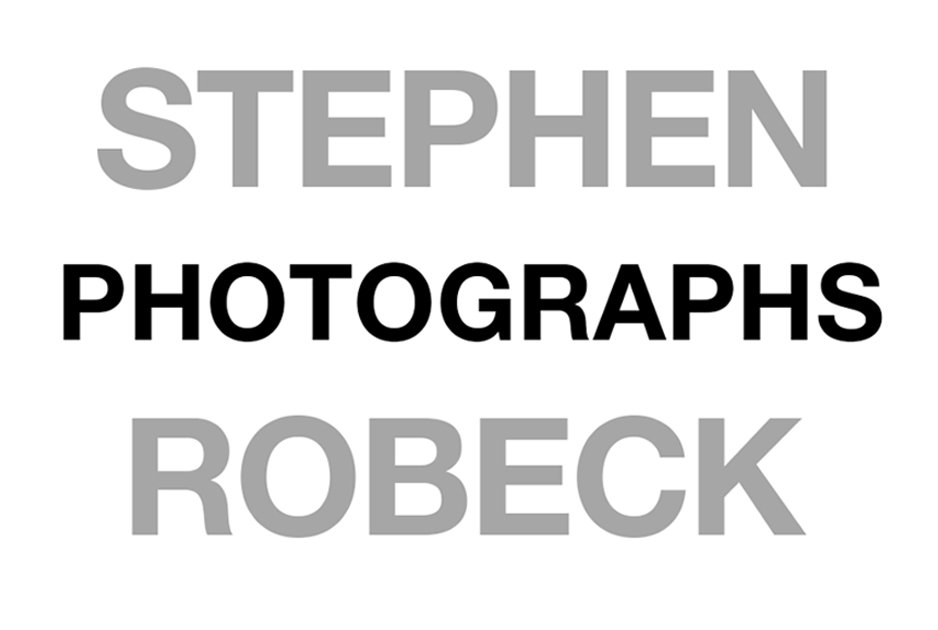Is The Digital Revolution Good for Photography?
NOTE: This post was originally part of the "About" section of my website.
When I was first starting out, photography was all about black & white because that's all we could work with in our home darkrooms. Color was something very mysterious and unapproachable except in Kodachrome slides and drugstore prints, and these were expensive. Larger prints were only available from custom labs and were very expensive. But over the last 10-15 years photography has radically changed.
With the advent of good-quality digital cameras and the virtual darkroom they made possible, color (and black & white) became easily and affordably in the grasp of anyone who wanted to try. Of course this also put a premium on understanding how to control color, first in terms of having computer monitors and printers color managed so what you see on the screen is what the printer produces, but also in terms of how to use color creatively. So, yes, anyone can pick up a digital camera and make good images, but then what? Thousands of photographers, good and not so good, post millions of images on various websites and social media pages everyday, but most don't learn the art and craft needed to make finished work. It's certainly learnable but it isn't easy and it takes time and effort.
The hardest part is to really understand how all the pieces of the puzzle fit together. Cameras, editing software, printers, computer operating systems (each has a unique approach to color management) and monitors, all these are moving targets with new capabilities and possible interactions evolving all the time. Different computer operating systems have different ways of managing color, and sometimes manufacturers change their rules without letting their partners know well enough in advance. For years this was a problem among Adobe (maker of Photoshop), Epson (maker of professional-grade printers) and Apple. Apple was making changes to the way their operating system managed color in ways that didn't play nice with either Adobe's software or Epson's print drivers. The result was a period of chaos with photographers suddenly finding their prints emerging with wholly unexpected results. The photography forums were full of complaints and countless theories about what to do, many of them uninformed guesses. It wasn't fun.
But all that has calmed down. Today, with good color management practices, it isn't hard to make a print that looks like what you see on your monitor, but it still has to be interesting to others and finished in way that motivates people to want to look at it every day. This, I think, is the part of photography that will never be easy. But the more people who try, who really learn and do the work, the better and more respected photography (digital or analog) will become as an art form. So yes, I think the answer is yes.
